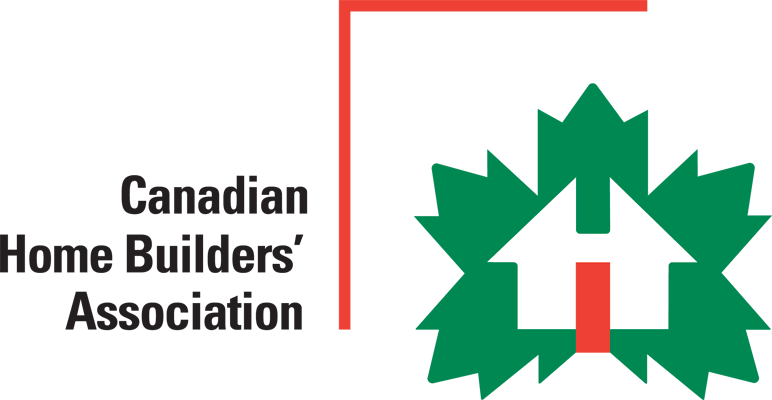Every year we look forward to spring. Until the snow melts and leaks into your home or unveils some other unsightly mess. But there are a few simple steps a homeowner can take to perform an inspection and prevent damage before it occurs.
Sheena Sinclair, owner of Bella Vista Developments in Saskatoon, Sask., and Tamara Barker Watson, CEO of Whitestone Building and Renovations in Halifax, N.S., share their advice on what homeowners can do to protect their biggest assets this spring.
Your spring inspection should begin before the snow melts

“The biggest thing to think about is water. You should always be prepared for a rapid melt,” says Sinclair. Preparation starts with making sure your downspouts discharge water at least four feet away from the foundation. That could require reinstalling them if you removed them in the fall or buying extensions so the water drains farther away.
“The biggest thing to think about is water. You should always be prepared for a rapid melt.” – Sheena Sinclair
If there’s any snow piled up against the foundation or accumulated in window wells, move it to an area where it will drain away from the building when it melts. After that’s done, do an inspection of the foundation for any cracks and make sure the ground slopes away from the building.
Clear any snow off your deck. “Once the snow melts, that water can drain against the foundation or seep through your patio door,” says Barker Watson. She also advises clearing snow away from any out-swinging exterior doors throughout the winter so you can use them as an emergency exit if needed.

Inspect the roof from the ground – if you have binoculars grab those. Check the chimney to make sure the cap is in place, and then scan the bricks for cracks, gaps in the mortar, or a lean. Then scan the entire roof for missing or worn shingles, and to make sure the roof vents haven’t been damaged. Finally, look at your eavestroughs to make sure they haven’t pulled away from the building and are sloping towards the downspouts. Any roof work should be done by a professional who is licensed, insured, and has had working-at-heights training.
Inspect all your windows and doors for signs of rot, missing caulking, and drafts. A competent DIYer can re-caulk, install weather stripping, oil hinges, and tighten the screws and hardware on any moving parts. Get some quotes for more significant repairs.
Turn on your exterior faucet and then head inside to make sure there are no leaks.
Clear off leaves and other debris from your air conditioner and use a hose (but not a pressure washer) to rinse dust and pollen off the coils.
Check your deck for loose or missing hardware and for signs of rot on the deck boards, railings, and framing. Gently wiggle all the railings to make sure they’re still properly fastened. You should also clear out maple keys, pine needles, and any other debris wedged between the deck boards. These will hold water against the wood and lead to rot.
Move indoors, starting in the utility room
Change your furnace filter and adjust the humidity setting to summer. If you have an HRV, turn it to the summer setting, change the filter, and clean out the exterior vent. You may want to close or block off some of the basement vents to force more of the cold air upstairs once you turn on the A/C.

Pull your dryer out and disconnect the hose leading to the outside. Shake or vacuum out any lint that’s accumulated in it. “It’s really important to take care of that,” says Sinclair. In fact, dryer lint buildup is one of the leading causes of house fires. You’ll also want to clean out the exterior vent cap.
Take a peek in the attic to make sure the insulation is evenly distributed. In Barker Watson’s neck of the woods, ocean breezes often seep through the soffit and blow the insulation to one end of the building. If that’s happened, you can use a rake or broom to level it out.
Finally, for your family’s safety, replace the backup batteries in your smoke detectors. While you’re at it, check the “replace by” date on each. They’re designed to last 10 years. Mark in your calendar when yours are due to be replaced.
With these inspection steps taken care of, you can rest easy knowing that your home sweet home is safe and sound.

A “Spring Maintenance Checklist” listing all of the above steps is available here.
Find more home maintenance tips and tricks on the CHBA blog.
